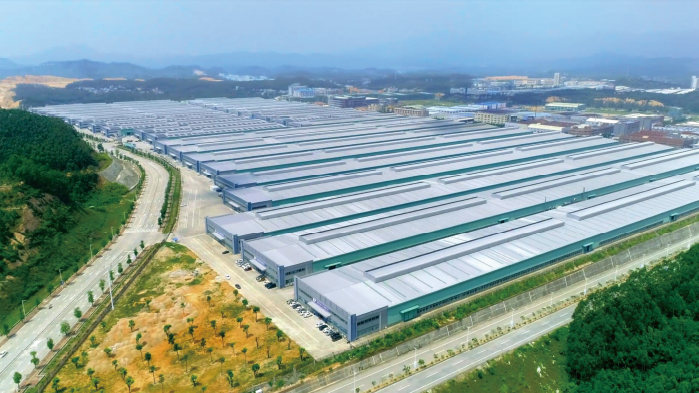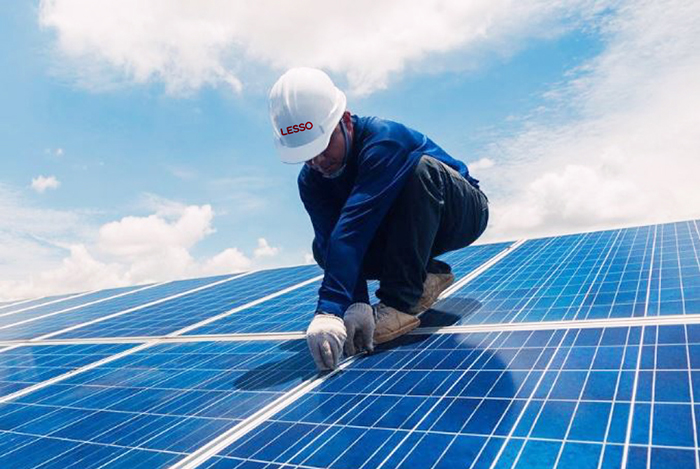Commercial and industrial photovoltaic power plants in the field of new energy, with their clean and renewable properties, are progressively becoming a new option for businesses looking to save energy, reduce emissions, and cut operating expenses. However, constructing commercial and industrial photovoltaic power plants is a complex job that cannot be completed overnight; it necessitates painstaking planning, perfect execution, and professional maintenance. This article will reveal the top ten considerations for the installation of commercial and industrial photovoltaic power plants, allowing you to progress steadily along the green energy path.
1. Pre-Evaluation and Planning
Before installing a commercial or industrial PV power plant, a thorough pre-assessment is required. This comprises a thorough examination of the installation site's sunshine conditions, shadow shading, roof structure, and load-bearing capacity. Grid access circumstances, policies and regulations, and return on investment are also important considerations.

2. Site Selection and Layout
Site selection is an important phase in the building of PV power facilities. Roof areas facing south, which are unobstructed and sunny, should be prioritised. A reasonable configuration can increase the power generation efficiency of PV panels while lowering cable loss and maintenance expenses.
3. Equipment Selection and Quality Control
The choice of important equipment, such as PV modules and inverters, has a direct impact on the power plant's performance and life. As a result, selecting high-quality, stable-performing equipment is critical to guaranteeing the long-term stability of PV power plants.
4. Installation construction and safety standards
Safety requirements should be strictly followed during the installation procedure to safeguard construction personnel's personal safety. At the same time, construction quality is directly tied to the power plant's operational efficiency and safety, thus it must be constructed according to professional standards.
5. Grid Access and Commissioning
The PV power station's grid connectivity is critical to the project's viability. Before access, properly speak with the local power company to ensure that the grid requirements are met. After access, system debugging and optimisation are required to ensure that the power plant operates optimally.

6. Operation, maintenance, and fault prevention
Professional operation and maintenance management are essential for the long-term stability of a PV power facility. Regular inspections, cleaning of PV panels, replacement of ageing equipment, and so on are all vital steps in keeping the power plant running smoothly. At the same time, it is critical to build an effective failure prevention and emergency response process.
7. Performance Monitoring and Optimisation
Installing a monitoring system to track the power generation and operation status of the PV power plant in real time allows problems to be identified and resolved quickly. Furthermore, optimising the power plant based on monitoring data can increase power generation efficiency.
8. Cost Control and Economic Benefits
When establishing industrial and commercial PV power plants, cost control is an important consideration. The major variables for increasing the economic efficiency of the power plant are a suitable investment budget, high-quality equipment selection, efficient construction technology, and expert operation and maintenance management.
9. Policy implementation and subsidy application
Making full advantage of national and local clean energy policies, as well as applying for necessary subsidies and concessions on time, can significantly reduce the power plant's investment cost and increase project profitability.
10. Environmental protection and sustainable development
The installation of industrial and commercial PV power plants provides not only economic benefits, but also contributes to environmental protection and sustainable development. When selecting equipment and materials, environmental performance should be prioritised, while the impact on the environment should be minimised during power plant operation.
Mastering these ten key principles for building commercial and industrial PV power plants will not only assure the power plant's efficiency and stability, but will also provide the organization with long-term economic and social benefits while saving energy and lowering emissions.







